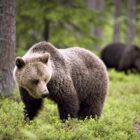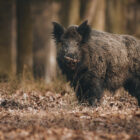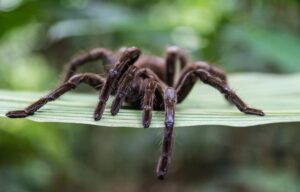What is a pizzly bear, or grolar bear?
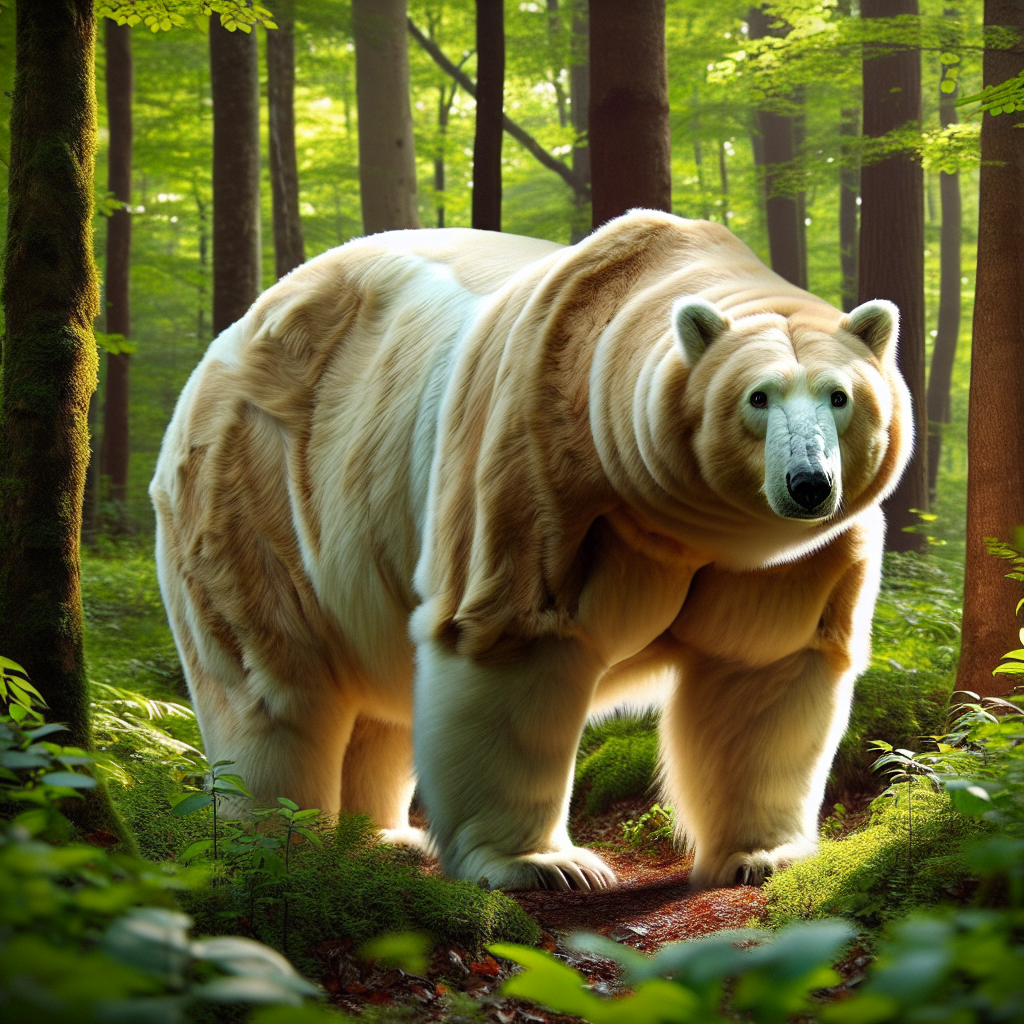
In the remote, icy landscapes of the Arctic, a new and unexpected presence has emerged: the pizzly bear. Also known as the grolar bear, or nanulak, the pizzly bear is a rare hybrid resulting from the mating of a polar bear and a grizzly bear.
The story of the pizzly bear begins with the convergence of two species: the polar bear (Ursus maritimus) and the grizzly bear (Ursus arctos horribilis). Polar bears, with their sleek white fur and adaptations to the Arctic environment, are renowned as the world’s largest land predators. In contrast, grizzly bears are formidable creatures known for their strength and resilience in diverse habitats ranging from forests to tundra.
Grizzly and Polar bear Hybrid
The discovery of the pizzly bear marks a significant milestone in our understanding of hybridization within the bear family. While the concept of hybridization is not novel, the case of the pizzly bear presents a unique and compelling example of evolutionary convergence.
In 2006, the first documented case of a wild-bred pizzly bear captured the attention of scientists and the public alike. Jim Martell, a hunter from Idaho, unwittingly shot the hybrid near Sachs Harbour on Banks Island, Northwest Territories. Initially mistaken for a typical polar bear due to its creamy white fur, closer examination revealed telltale signs of its hybrid ancestry—long claws, a humped back, and brown patches reminiscent of grizzly bears.
Subsequent DNA testing confirmed what was suspected: the bear was indeed a grizzly and polar bear hybrid, with a polar bear mother and a grizzly bear father. This groundbreaking discovery challenged existing notions of bear biology and opened a new chapter in the study of bear genetics.
Ancient Pizzly Bears
During the Pleistocene epoch, a period characterized by dramatic shifts in climate and habitat, the dynamics of bear populations underwent significant changes. As ice sheets advanced and retreated, polar bears and grizzly bears encountered opportunities for contact and interbreeding in regions where their ranges overlapped.
Genetic studies have provided compelling evidence of widespread hybridization between polar bears and brown bears during this era. Analysis of ancient DNA has revealed instances of introgression—where genetic material is exchanged between species—across diverse geographic regions and time periods.
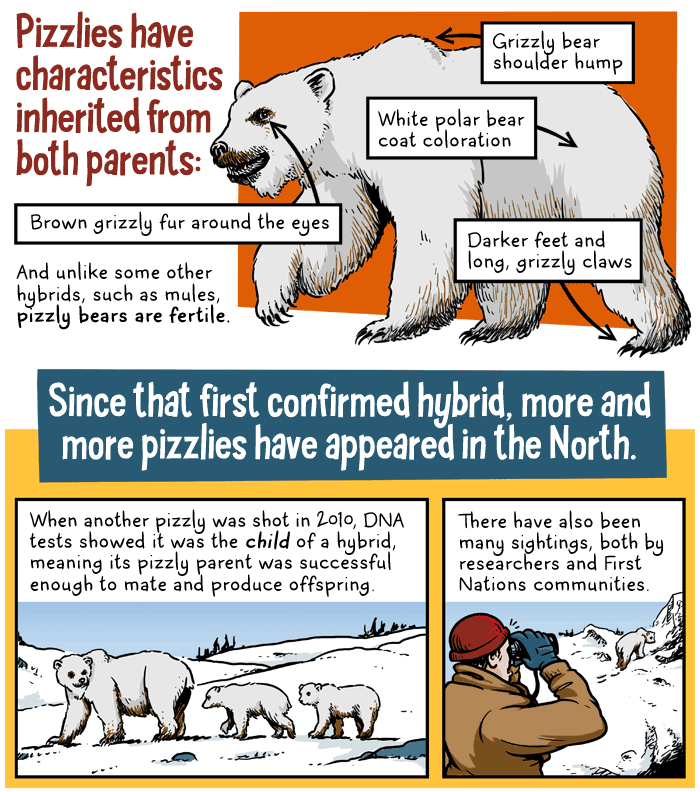
One notable example of ancient hybridization occurred in the Alexander Archipelago of southeast Alaska. Here, bears living on the islands trace their maternally inherited mitochondrial DNA entirely to polar bears, while the majority of their nuclear genome is derived from brown bears. This genetic legacy suggests a complex history of interaction and hybridization between polar bears and brown bears in this region.
The Pleistocene epoch was characterized by dynamic ecological shifts and fluctuating population dynamics, providing ample opportunities for hybridization events to occur. As polar bears and brown bears adapted to changing environments and resource availability, hybridization likely played a role in shaping the genetic diversity and evolutionary trajectories of bear populations.
Occurrence of Pizzly Bears
Since the initial discovery of a wild-bred pizzly bear in 2006, several additional instances of grizzly and polar bear hybrids have been reported. These sightings span diverse geographic regions, from the remote Arctic landscapes of Canada to the rugged wilderness of Alaska.
One of the earliest documented cases occurred near Sachs Harbour on Banks Island, when a hunter inadvertently shot a hybrid bear, believing it to be a typical polar bear. Subsequent DNA testing revealed its hybrid ancestry—a polar bear mother and a grizzly bear father. This groundbreaking discovery marked the first documented case of a wild-bred pizzly bear and sparked further investigation into the phenomenon.
Subsequent sightings of pizzly bears have occurred across the Arctic, with reports from regions such as Ulukhaktok on Victoria Island and Arviat on the western shore of Hudson Bay. These encounters provide valuable insights into the distribution and prevalence of hybrid bears in their natural habitat.
The occurrence of pizzly bears raises intriguing questions about the ecological factors driving hybridization between polar bears and grizzlies. As climate change alters the Arctic landscape and shifts the distribution of bear populations, opportunities for contact and interbreeding between species may increase.
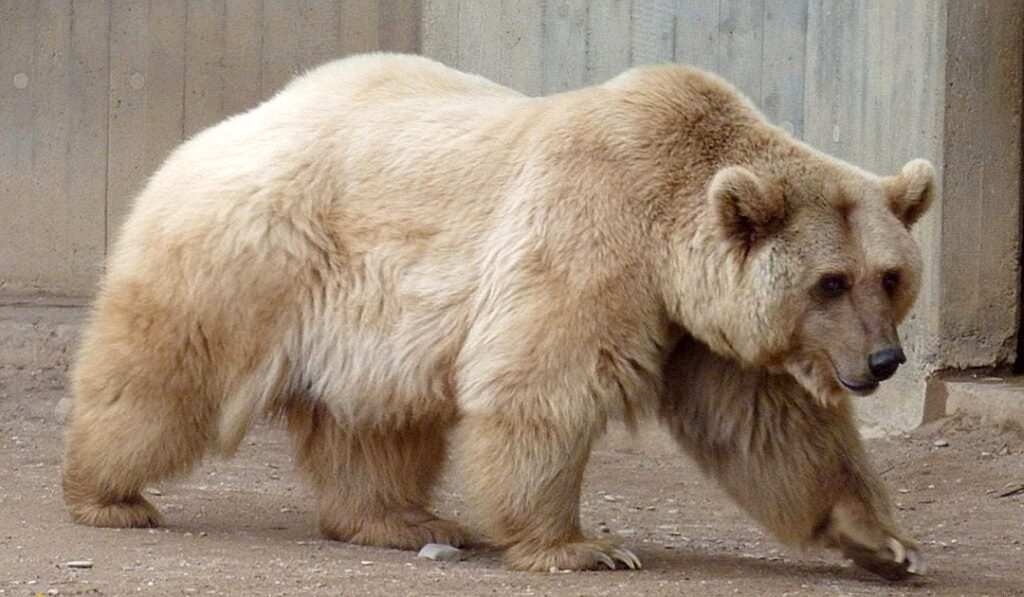
Pizzly Bears in Captivity
One notable example of pizzly bears in captivity occurred at Osnabrück Zoo in Germany, where two hybrid cubs were born in 2004. These cubs, one female and one male, exhibited physical traits intermediate between polar bears and grizzlies, including a blend of fur colors and body proportions.
The physical characteristics of captive pizzly bears provide clues about the genetic inheritance patterns and evolutionary adaptations of hybrid offspring. For example, the cubs born at Osnabrück Zoo displayed a combination of traits from both polar bears and grizzlies, such as smaller bodies compared to polar bears but larger than grizzlies, and a mix of fur patterns and textures.
Behavioral observations of captive pizzly bears offer further insights into their adaptation to captive environments and their similarities to their polar bear and grizzly bear counterparts. Researchers have noted behaviors such as stomping toys reminiscent of polar bears breaking ice and hurling objects in a manner similar to polar bear hunting tactics.
Studying pizzly bears in captivity also provides an opportunity to explore the ecological implications of hybridization and the potential consequences for bear conservation. By comparing the behavior and physiology of captive pizzly bears with their wild counterparts, researchers can better understand the factors driving hybridization and its effects on bear populations.
Is Hybridization The Future of Polar Bears?
As the polar bear faces unprecedented challenges from climate change, habitat loss, and human activities, the emergence of grizzly and polar bears hybrids raises questions about the future of this iconic species. Some researchers speculate that hybridization could play a role in the long-term survival of polar bears.
In recent years, the International Union for Conservation of Nature (IUCN) has classified the polar bear as vulnerable. Threats such as climate change, pollution, and energy development pose significant risks to polar bear populations, with some studies projecting dramatic declines in bear numbers over the coming decades.
The loss of sea ice, a crucial habitat for polar bears, has emerged as a key driver of population declines. Rising temperatures cause sea ice to melt earlier in the year, forcing polar bears to come ashore before they have built sufficient fat reserves to survive the lean summer months. Thinner sea ice also makes it more difficult for polar bears to hunt seals, their primary prey, leading to malnutrition and starvation.
Hybridization presents a potential pathway for polar bears to adapt to changing environmental conditions. By interbreeding with grizzly bears, polar bears may gain genetic traits that enhance their survival in a warming Arctic. For example, grizzlies are more adapted to terrestrial environments and have a broader diet than polar bears, which rely heavily on seals.
However, the long-term implications of hybridization for polar bear conservation remain uncertain. While some argue that hybridization could increase the genetic diversity and resilience of polar bear populations, others raise concerns about the dilution of pure polar bear genetics and the loss of unique adaptations to the Arctic environment.



